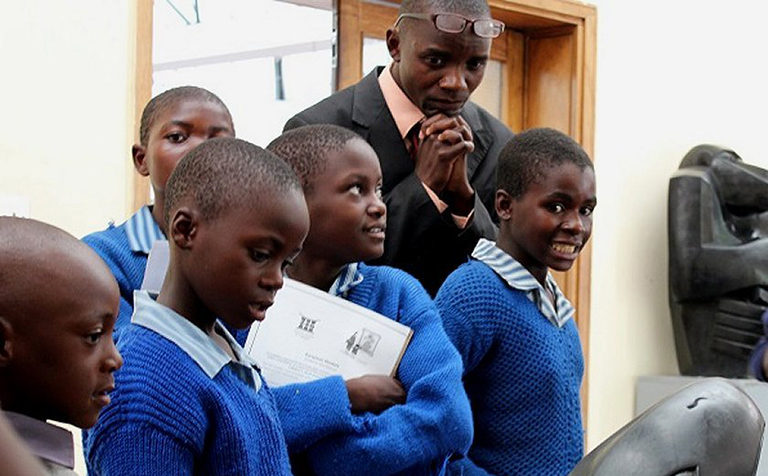By Patrick Chitumba
Grade 7 pupils will, starting this year, sit for six subjects instead of five under the competence-based curriculum which the learners embarked on in 2017 when they were in Grade 3.

The new Zimbabwe School Examinations Council (Zimsec) structure shows pupils will write Mathematics; English Language; Indigenous Language; Agriculture, Science and Technology and ICT; Social Sciences and Physical Education and Arts.
The last Grade 7 examination class wrote Mathematics, Agriculture, English, Indigenous Language and General Paper.
Zimsec public relations manager Mrs Nicky Dhlamini said:
“Yes the structure is a true reflection of Zimsec exams. This is in line with the new curriculum. This class started the new curriculum in Grade 3 as scheduled, and in accordance with the framework Zimsec has put in place the structure.”
Mrs Dhlamini said the schools structure and compliance is under the supervision of the Ministry of Primary and Secondary Education.
Ministry of Primary and Secondary Education director of communication Mr Taungana Ndoro said: “This exam structure is under the competence-based curriculum which the learners started on in 2017 when they were in Grade 3.”
This year, Mr Ndoro said will therefore see the first batch of learners sit for the competence-based curriculum examinations for Grade 7.
He said since 2017, the Ministry has been focused on providing adequate learning materials to enable pupils to be assessed under the competence-based curriculum at Grade 7 this year.
“The pupils will be assessed under the following learning areas Mathematics; English Language; Indigenous Language for example Ndebele; Agriculture, Science and Technology and ICT; Social Sciences and Physical Education and Arts,” said Mr Ndoro.
Below is the new Grade 7 examination structure:
1) Mathematics, Paper 1, Multiple Choice (60 percent)
-Paper 2, Structured (40 percent)
2) English Language
Paper 1, Multiple Choice (60 percent)
-Paper 2, Structured (40 percent). Summary added to Paper 2.
3) Indigenous Language for example Ndebele, Shona
Paper 1, Multiple Choice (40 percent)
– Paper 2, Structured (60p ercent). Summary added to paper 2.
4) Agriculture, Science and Technology and Information Communication and Technology,
– Agriculture 50 percent
– Science and Technology 30 percent
– ICT 20 percent
Paper 1, Multiple Choice (50 percent)
Paper 2, Structured (50 percent)
5) Social Sciences (formerly General Paper)
– Family Religion and Moral Education (FAREME) 50 percent
– Heritage and Social Studies 40 percent
– Guidance and Counselling 10 percent
Paper 1, Multiple Choice (50 percent)
Paper 2, Structured (50 percent)
6) Physical Education and Arts
– Visual and Performing Arts 50 percent
– Physical Education, Sports and Mass Displays 50 percent
Paper 1, Multiple Choice (100 percent) One paper only. The Chronicle






